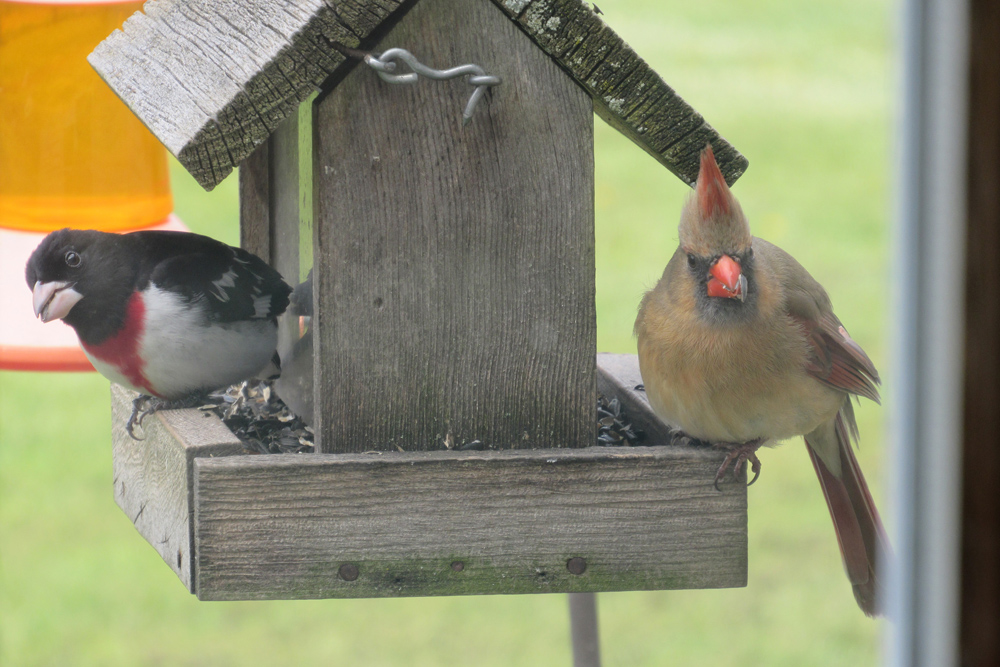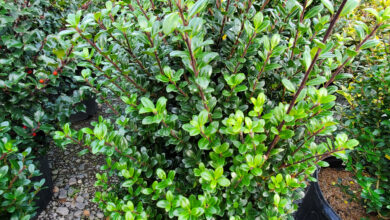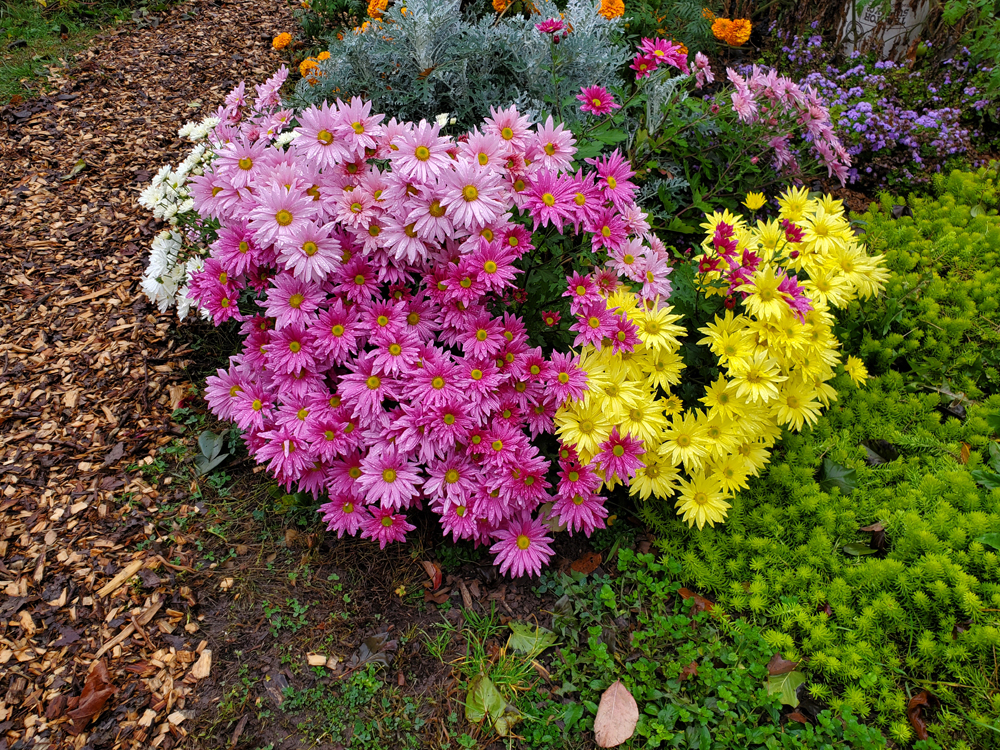Winter bird feeding

Bird feeding is a popular pastime for homeowners, particularly during the winter months. The U.S. Fish and Wildlife Service says more than 50 million North Americans feed wild birds. The presence of wild birds in your landscape is a good sign, but is the supplemental feeding of wild birds helpful to them?
In an article entitled “Analysis: Do Bird Feeders Help or Hurt Birds?,” the Cornell Lab of Ornithology takes on that question and utilizes three decades of Project Feederwatch and Christmas Bird Count data to try to answer the question.
Both Project Feederwatch and the Christmas Bird Count are citizen science projects which help scientists at the Lab of Ornithology collect data on how often species use feeders and how species are doing over time.
The Lab of Ornithology recognizes that there is still much to learn about the impacts of feeding birds, including the possible indirect impacts on migratory species or on generalist predators that might impact populations of non-feeder birds, but their research did provide some positives.
Focusing on 98 species of birds that use feeders at least a moderate amount of time, Cornell found that species that use bird feeders the most tend to do just as well as, or better than, species that use feeders more sporadically. Cornell also considered the important role that bird feeding plays in connecting people to the natural world. “That joy and connection are not trivial,” Cornell notes. “On the contrary, it can help people to engage in environmental advocacy and conservation action to help many species that need more than sunflower seeds.”
If you would like to set up a feeding station in your yard, the Cornell Lab of Ornithology offers these tips.
Winter can be an especially hard time for birds to find food, particularly after heavy snowfalls. A backyard feeder can help make life easier for birds and add enjoyment to your life. Setting up a feeding station where it is easy to see from the comfort of your home is a great way to disconnect from screen time and learn about the species of birds in your yard and their behaviors.
There are several types of bird food from which you can choose, including sunflower seed, safflower seed, corn, millet, and suet cakes. Black-oil sunflower seed attracts the greatest number of species, Cornell says. The seed is very nutritious, high in fat, has a high meat-to-shell ratio, and is easy for birds to handle and crack. Striped sunflower seed has a thicker seed coat and is larger. The Lab of Ornithology’s Seed Preference Test shows that high-energy black-oil sunflower is the favorite of most birds who visit feeders. Choosing a standard seed mix that includes varieties of seeds most birds do not like can be wasteful.
Additionally, suet cakes available at many stores are attractive to insect-eating birds such as chickadees, woodpeckers, and nuthatches. Small, plastic-coated wire cages are the best way to offer suet.
If you can, offer water in the winter with an immersion-style water heater that can keep your birdbath unfrozen.
Choose sturdy, well-made feeders. Tray feeders are placed close to the ground for ground-feeding birds and can also be mounted on deck railings or posts. Hopper feeders are hung from trees or posts and are good for larger birds like cardinals, jays, and grosbeaks. Tube feeders, which are also hung from trees and posts, are great for finches, titmice, and chickadees.
Keep your feeders clean. Wash them about once every two weeks with soap and water and a sturdy brush. Rinse well and allow to dry before re-filling.
Finally, Cornell advises to avoid overcrowding at feeders by placing feeders several feet apart. Keep food storage containers dry and free of mold and insects, and check your feeders for any sharp or damaged edges or parts that could scratch birds and lead to infection.





